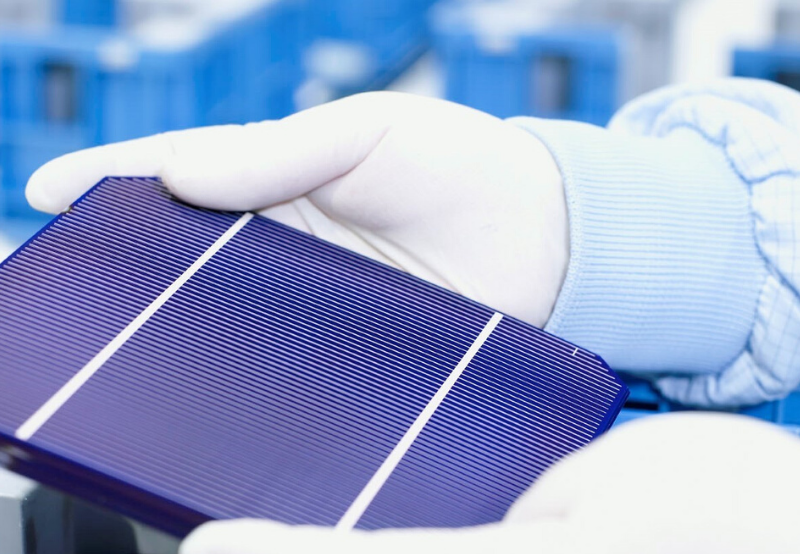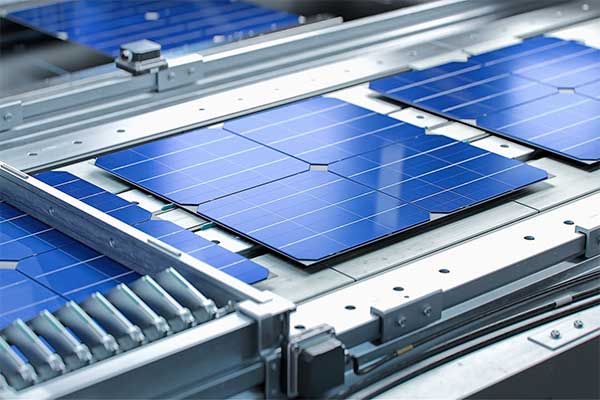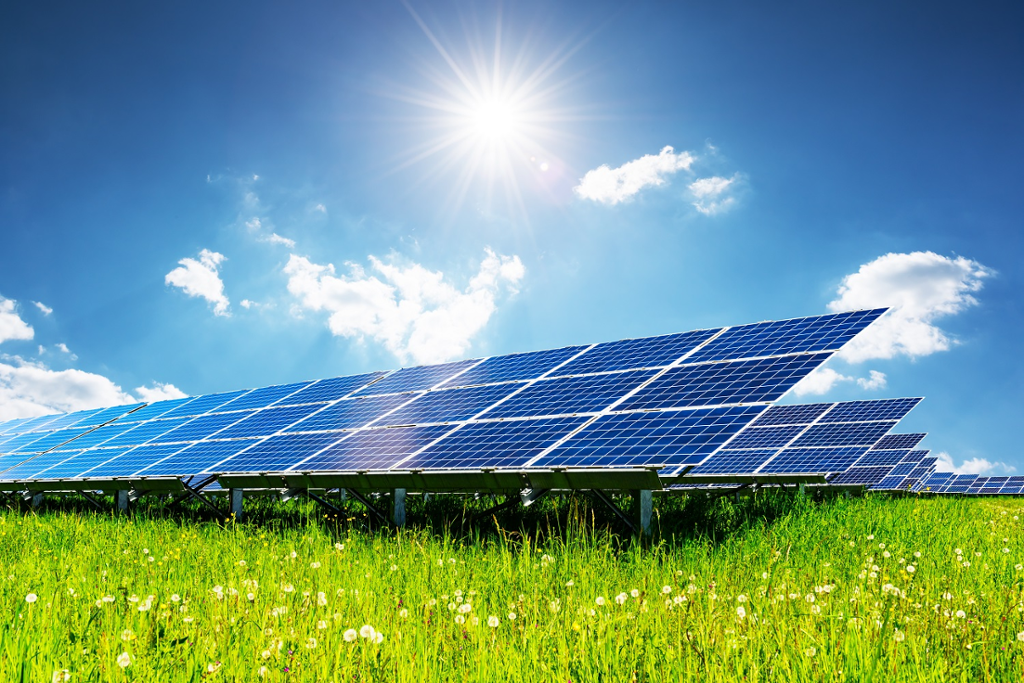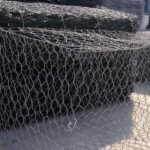Last 2020 around 29% of electricity generated was from renewable energy. This is a massive increase from only ten years ago. Many believe we can get 100% clean energy in the United States by 2050, whether that be wind, solar, or nuclear.
Solar cell manufacturing is at an all-time high. As people research the effects of coal and natural gas, they find the benefits of solar. Now they must decide, is it better to build their own solar panel or purchase one?
In this article, we will discuss solar panel basics and what they entail. Read on to get ready to harness and generate that clean energy.
Texturing, Diffusion, and Acid Cleansing
Manufacturing solar cells relies heavily on the use of texturing, diffusion, and acid cleansing. This is essential in creating successful solar cells that are cost-effective, efficient, and reliable.
Texturing is the process by which the silicon cell is scored with a laser to create the surfaces on which light can be trapped. Diffusion is then used to introduce phosphorous into the active layer, giving the solar cell a more efficient electrical response.
Lastly, an acid cleansing is carried out. This helps to remove any undesirable oxide layers caused by the texturing and diffusion processes, resulting in an optimal response from the cell.
All of these steps together are essential in creating good quality solar cells. Without them, the cells would not be able to efficiently convert the photonic energy from the sun into electricity. You can also visit here for additional reading on solar panels.
Etching and Edge Separation
Etching and edge separation is an important part of the manufacturing process. Etching is a chemical process used for exposing specific areas of a layer. It helps create finer features, isolated solar cell particles, interconnects, and contacts.
Edge separation is the process that separates the front and back sides of solar cells while they are connected by a thin film. This process helps to lower the series resistance and improve the efficiency of the cell. It also helps avoid any short circuits in the cell.
Etching and edge separation both ensure optimal quality of the solar cell structure, increasing the cell’s efficiency and reliability. These processes are key parts of the design and manufacturing of high-quality solar cells.

Post-Etching Washing
PostEtching Washing (PEW) is a process used in the manufacturing of solar cells. This process involves removing any residues from the solar cells after etching in order to achieve smoother and homogeneous surfaces for better energy conversion efficiency.
It involves the usage of a liquid solution for the removal of metals and organic contaminants from the solar cell’s surface. The PEW process can be done either manually (using a brush) or with the help of specialized machinery. After PEW, a protective cover is added to the solar cell surface to protect the cell from further damage or oxidation.
This is highly important for increasing the lifespan of solar cells. The PEW process also helps to reduce surface roughness and eliminates any micro-cracks or blemishes which may form due to the etching. As a result, the improved surface quality helps to further improve the efficiency of the solar cell.
Deposition of Anti-Reflective Coating
Deposition of AntiReflective Coating is a process used in solar cell manufacturing, and it is essential for the cells to perform efficiently. The process involves depositing a thin layer of material, usually an oxide layer, onto the surface of the solar cell to reduce the amount of light that is reflected and thus increase the amount of light that is absorbed.
This increases the overall cell efficiency by reducing the amount of light lost through reflection. The deposition process must be carefully controlled to ensure uniformity, as this also helps to maximize the light capture and energy output. This is necessary to make sure that the cells produce the most electricity in the most efficient way possible.
Contact Printing and Drying
Contact Printing and Drying of Solar Cell Manufacturing is a crucial stage in the production process. It refers to the application of a thin layer of photovoltaic material, such as polycrystalline-Si, mono-Si, a-Si, etc., to the surface of a substrate in order to create a thin-film layer. In this step, the thin-film material is transferred from the printing plate onto the substrate using a contact printing machine.
Once transferred, the contact printed material is heated in a drying oven, usually to temperatures ranging from 130 to 200 degrees Celsius. This heating process evaporates any solvent residues that may be present and helps to eliminate any internal oxygen content that could otherwise hamper the efficiency of the solar cells being created. Following this final drying process, the cells are ready to be encapsulated and packaged, ready for use in solar energy applications.

Testing and Cell Sorting
Testing and Cell Sorting are important laboratory processes in the solar cell manufacturing process. It is common in the industry to optimize test processes to guarantee the best possible outcomes. Testing contains a variety of factors, such as material analysis, labels, quality, specifications, and more.
After the analysis and testing, cell sorting is conducted. At this step, the cells are sorted according to their properties. Cells with the best parameters are clustered and packaged, while others that do not meet the set criteria are discarded.
With the help of advanced testing and cell sorting methods, manufacturers can ensure the minimization of losses and seek the required cell quality. It helps manufacturers to meet customer demand and look for better prospects in the industry.
Fundamentals of Solar Cell Manufacturing
Solar cell manufacturing is a complex process, but with the right equipment, designs, and processes, it is possible to create low-cost, high-efficiency solar cells. With the right development, we can continue to make solar energy an attractive option for the future. Invest in and research solar capabilities today – be a part of the future of energy.
If you found this article helpful, please check out some of the other great content on our site.






